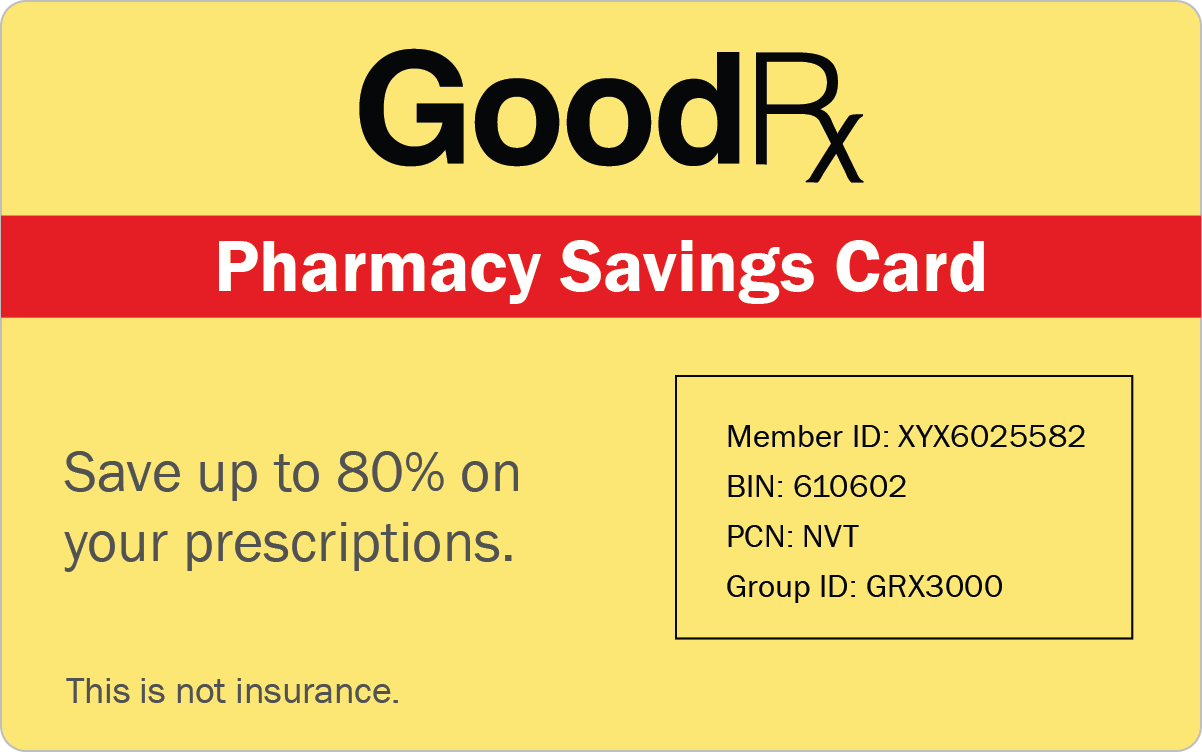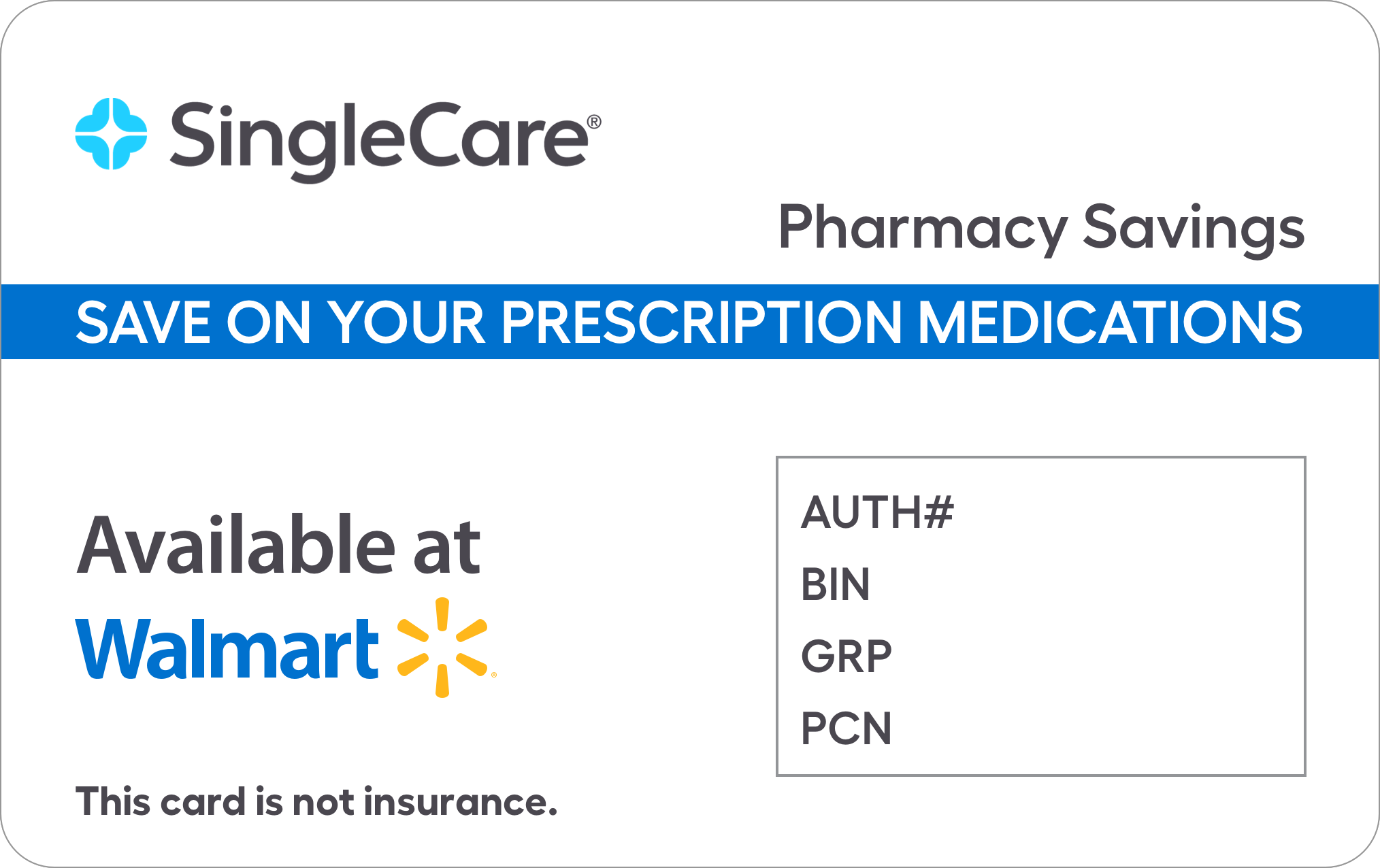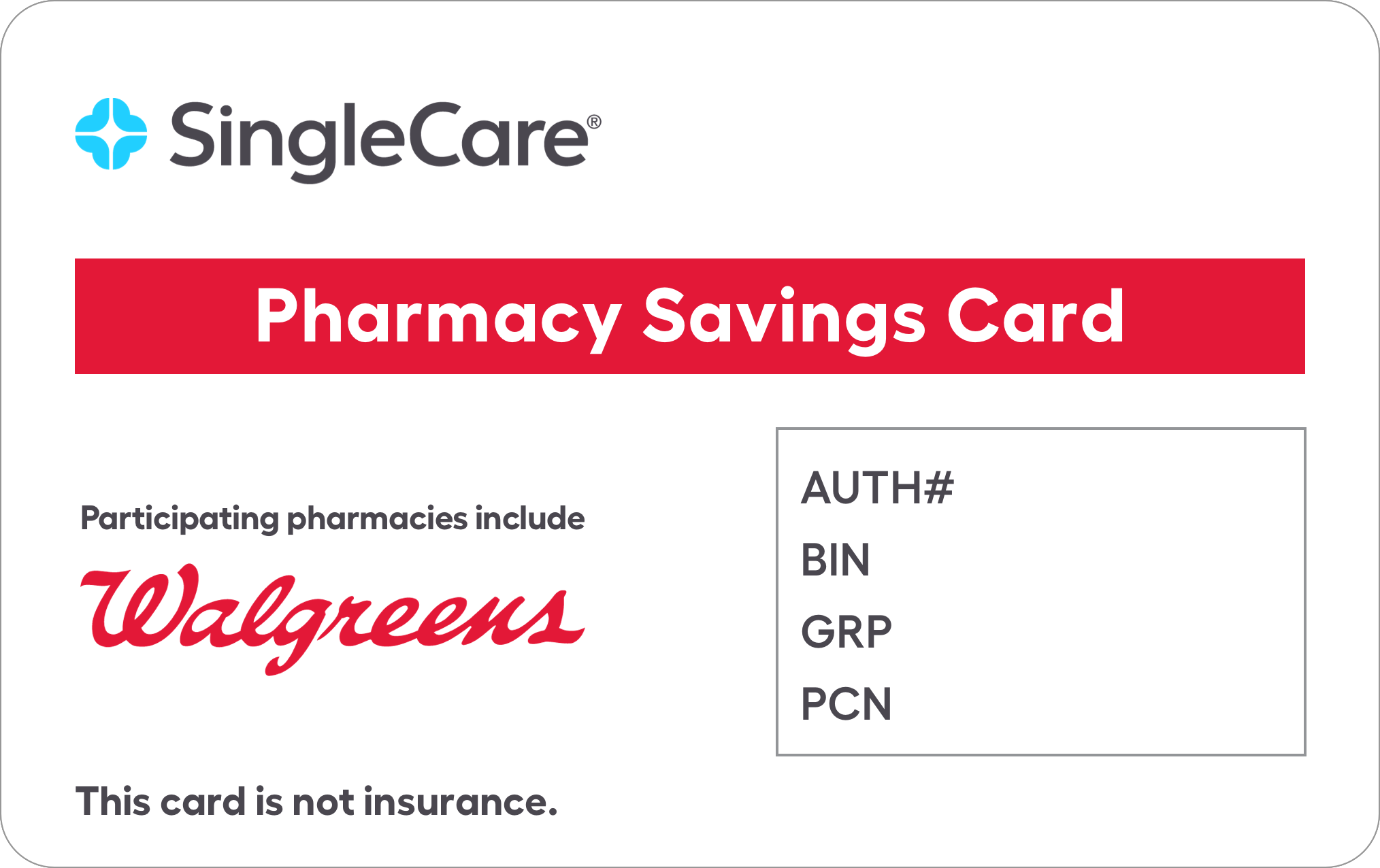Fluoxetine HCL Coupon & Discounts
Save on Fluoxetine HCL at your pharmacy with the free discount below.
Fluoxetine HCL Discount
Savings with HelpRx discount up to:
49% Off
Privacy Protected ![]()
Never Expires 
Claim your free Fluoxetine HCL discount

Click the "Get free coupon" button to receive your free Fluoxetine HCL discount

Print, email or text message your coupon

Present your coupon the next time you fill your prescription
(No signup required!)








Claim your free Fluoxetine HCL discount
 Click the "Get free coupon" button to receive your free Fluoxetine HCL discount
Click the "Get free coupon" button to receive your free Fluoxetine HCL discount
 Print, email or text message your coupon
Print, email or text message your coupon
 Present your coupon the next time you fill your prescription
Present your coupon the next time you fill your prescription
Fluoxetine HCL Information:
Why is this medication prescribed?
Fluoxetine (Prozac) is used to treat depression, obsessive-compulsive disorder (bothersome thoughts that won't go away and the need to perform certain actions over and over), some eating disorders, and panic attacks (sudden, unexpected attacks of extreme fear and worry about these attacks). Fluoxetine (Sarafem) is used to relieve the symptoms of premenstrual dysphoric disorder, including mood swings, irritability, bloating, and breast tenderness. Fluoxetine is in a class of medications called selective serotonin reuptake inhibitors (SSRIs). It works by increasing the amount of serotonin, a natural substance in the brain that helps maintain mental balance.
How should this medicine be used?
Fluoxetine (Prozac) comes as a capsule, a tablet, a delayed-release (long-acting) capsule, and a solution (liquid) to take by mouth. Fluoxetine may be taken with or without food. Fluoxetine (Sarafem) comes as a capsule to take by mouth. Fluoxetine (Prozac) capsules, tablets, and liquid are usually taken once a day in the morning or twice a day in the morning and at noon. Fluoxetine delayed-released capsules are usually taken once a week. Fluoxetine (Sarafem) is usually taken once a day, either every day of the month or on certain days of the month. Take fluoxetine at around the same time(s) every day. Follow the directions on your prescription label carefully, and ask your doctor or pharmacist to explain any part you do not understand. Take fluoxetine exactly as directed. Do not take more or less of it or take it more often than prescribed by your doctor.
Your doctor may start you on a low dose of fluoxetine and gradually increase your dose.
It may take 4 to 5 weeks or longer before you feel the full benefit of fluoxetine. Continue to take fluoxetine even if you feel well. Do not stop taking fluoxetine without talking to your doctor. If you suddenly stop taking fluoxetine, you may experience withdrawal symptoms such as mood changes, irritability, agitation, dizziness, numbness or tingling in the hands or feet, anxiety, confusion, headache, tiredness, and difficulty falling asleep or staying asleep. Your doctor will probably decrease your dose gradually.
Other uses for this medicine
Fluoxetine is also sometimes used to treat alcoholism, attention-deficit disorder, borderline personality disorder, sleep disorders, headaches, mental illness, posttraumatic stress disorder, Tourette's syndrome, obesity, sexual problems, and phobias. Talk to your doctor about the possible risks of using this medication for your condition.
This medication may be prescribed for other uses; ask your doctor or pharmacist for more information.
What special precautions should I follow?
Before taking fluoxetine,
- tell your doctor and pharmacist if you are allergic to fluoxetine or any other medications.
- tell your doctor if you are taking pimozide (Orap),thioridazine or monoamine oxidase (MAO) inhibitors such as isocarboxazid (Marplan), phenelzine (Nardil), selegiline (Eldepryl, Emsam, Zelapar), and tranylcypromine (Parnate), or if you have stopped taking a monoamine oxidase inhibitor within the past 2 weeks. Your doctor will probably tell you that you should not take fluoxetine. If you stop taking fluoxetine, you should wait at least 5 weeks before you begin to take thioridazine or a monoamine oxidase inhibitor.
- tell your doctor and pharmacist what other prescription and nonprescription medications and vitamins you are taking or plan to take. Be sure to mention any of the following: alprazolam (Xanax); anticoagulants ('blood thinners') such as warfarin (Coumadin); antidepressants (mood elevators) such as amitriptyline (Elavil), amoxapine (Asendin), clomipramine (Anafranil), desipramine (Norpramin), doxepin, imipramine (Tofranil), nortriptyline (Aventyl, Pamelor), protriptyline (Vivactil), and trimipramine (Surmontil); aspirin and other nonsteroidal anti-inflammatory drugs (NSAIDs) such as ibuprofen (Advil, Motrin) and naproxen (Aleve, Naprosyn); clopidogrel (Plavix),clopidogrel (Plavix), diazepam (Valium); digoxin (Lanoxin); diuretics ('water pills'); linezolid ; flecainide (Tambocor); insulin or oral medications for diabetes; lithium (Eskalith, Lithobid); medications for anxiety and Parkinson's disease; methylene blue; medications for mental illness such as clozapine (Clozaril) and haloperidol (Haldol); medications for migraine headaches such as almotriptan (Axert), eletriptan (Relpax), frovatriptan (Frova), naratriptan (Amerge), rizatriptan (Maxalt), sumatriptan (Imitrex), and zolmitriptan (Zomig); medications for seizures such as carbamazepine (Tegretol) and phenytoin (Dilantin); sedatives; sibutramine (Meridia); sleeping pills; tramadol (Ultram); tranquilizers; and vinblastine (Velban). Your doctor may need to change the doses of your medications or monitor you carefully for side effects.
- tell your doctor what nutritional supplements and herbal products you are taking, especially products that contain St. John's wort or tryptophan.
- tell your doctor if you are being treated with electroshock therapy (procedure in which small electric shocks are administered to the brain to treat certain mental illnesses), if you have recently had a heart attack and if you have or have ever had diabetes, glaucoma (increased pressure in your eyes that may lead to vision loss), seizures, or liver or heart disease.
- tell your doctor if you are pregnant, especially if you are in the last few months of your pregnancy, or if you plan to become pregnant or are breast-feeding. If you become pregnant while taking fluoxetine, call your doctor. Fluoxetine may cause problems in newborns following delivery if it is taken during the last months of pregnancy.
- talk to your doctor about the risks and benefits of taking fluoxetine on a daily basis if you are 65 years of age or older. Older adults should not usually take fluoxetine on a daily basis because it is not as safe as other medications that can be used to treat the same conditions.
- you should know that fluoxetine may make you drowsy. Do not drive a car or operate machinery until you know how this medication affects you.
- remember that alcohol can add to the drowsiness caused by this medication.
What should I do if I forget a dose?
Take the missed dose as soon as you remember it. However, if it is almost time for the next dose, skip the missed dose and continue your regular dosing schedule. Do not take a double dose to make up for a missed one.
What side effects can this medication cause?
Fluoxetine may cause side effects. Tell your doctor if any of these symptoms are severe or do not go away:
- nervousness
- nausea
- dry mouth
- sore throat
- drowsiness
- weakness
- uncontrollable shaking of a part of the body
- loss of appetite
- weight loss
- changes in sex drive or ability
- excessive sweating
Some side effects can be serious. If you experience any of the following symptoms or those listed in the IMPORTANT WARNING section, call your doctor immediately:
- rash
- hives
- fever
- joint pain
- swelling of the face, throat, tongue, lips, eyes, hands, feet, ankles, or lower legs
- difficulty breathing or swallowing
- fever, sweating, confusion, fast or irregular heartbeat, and severe muscle stiffness
- seeing things or hearing voices that do not exist (hallucinating)
- seizures
Fluoxetine may cause other side effects. Call your doctor if you have any unusual problems while taking this medication.
If you experience a serious side effect, you or your doctor may send a report to the Food and Drug Administration's (FDA) MedWatch Adverse Event Reporting program online [at http://www.fda.gov/Safety/MedWatch] or by phone [1-800-332-1088].
What storage conditions are needed for this medicine?
Keep this medication in the container it came in, tightly closed, and out of reach of children. Store it at room temperature and away from excess heat and moisture (not in the bathroom). Throw away any medication that is outdated or no longer needed. Talk to your pharmacist about the proper disposal of your medication.
In case of emergency/overdose
In case of overdose, call your local poison control center at 1-800-222-1222. If the victim has collapsed or is not breathing, call local emergency services at 911.
Symptoms of overdose may include the following:
- unsteadiness
- confusion
- unresponsiveness
- nervousness
- uncontrollable shaking of a part of the body
- dizziness
- rapid, irregular, or pounding heartbeat
- seeing things or hearing voices that do not exist (hallucinating)
- fever
- fainting
- coma (loss of consciousness for a period of time)
What other information should I know?
Keep all appointments with your doctor.
Do not let anyone else take your medication. Ask your pharmacist any questions you have about refilling your prescription
It is important for you to keep a written list of all of the prescription and nonprescription (over-the-counter) medicines you are taking, as well as any products such as vitamins, minerals, or other dietary supplements. You should bring this list with you each time you visit a doctor or if you are admitted to a hospital. It is also important information to carry with you in case of emergencies.
- Prozac®
- Prozac® Weekly
- Rapiflux®
- Sarafem®
- Selfemra®
Brand names of combination products
- Symbyax® (containing Fluoxetine, Olanzapine)

“The price for my prescription has gone up the past year and paying the out of pocket cost was getting increasingly difficult. Now, through HelpRx I’ve saved hundreds! Thank you HelpRx” - Janet Larsen - Austin, TX


















